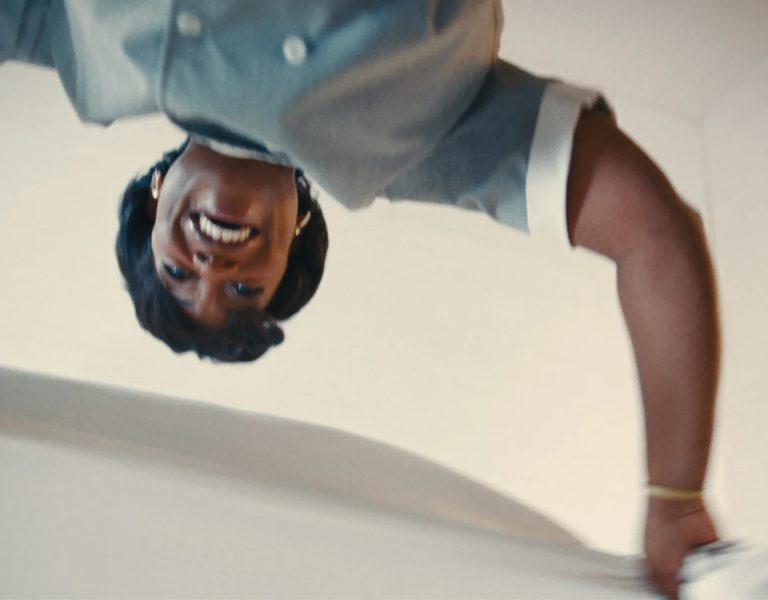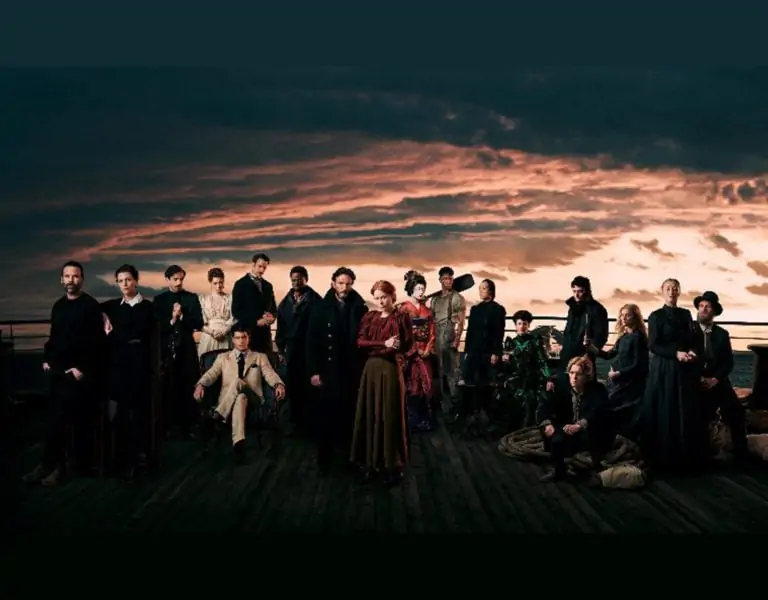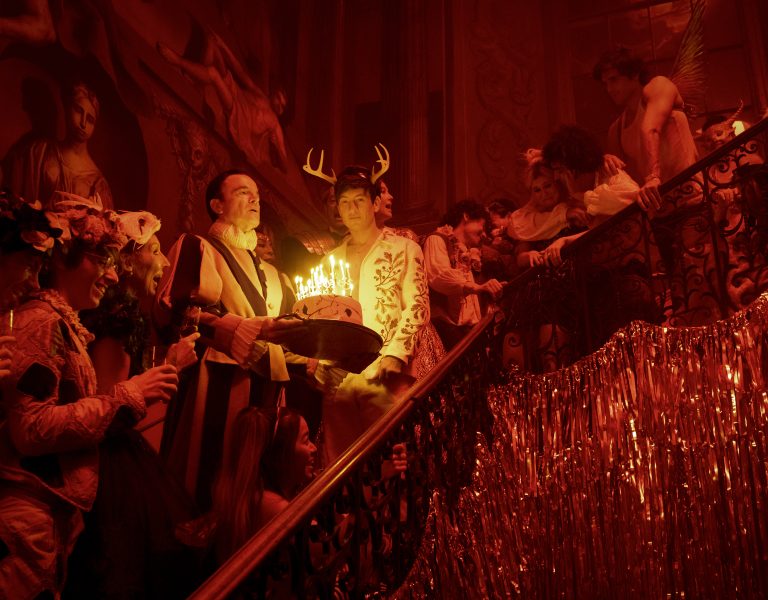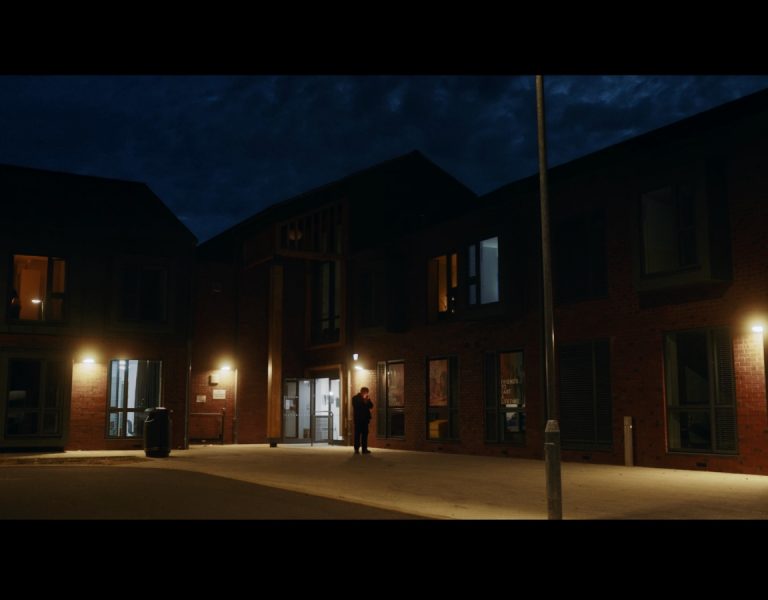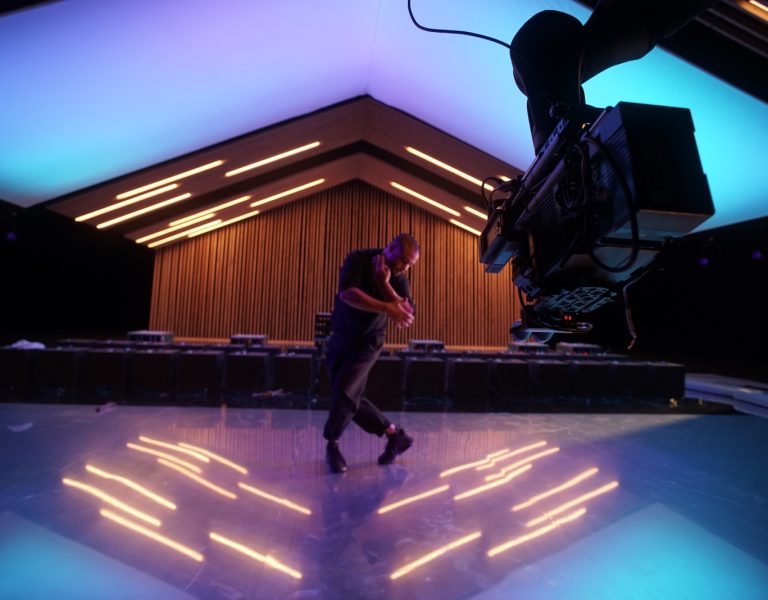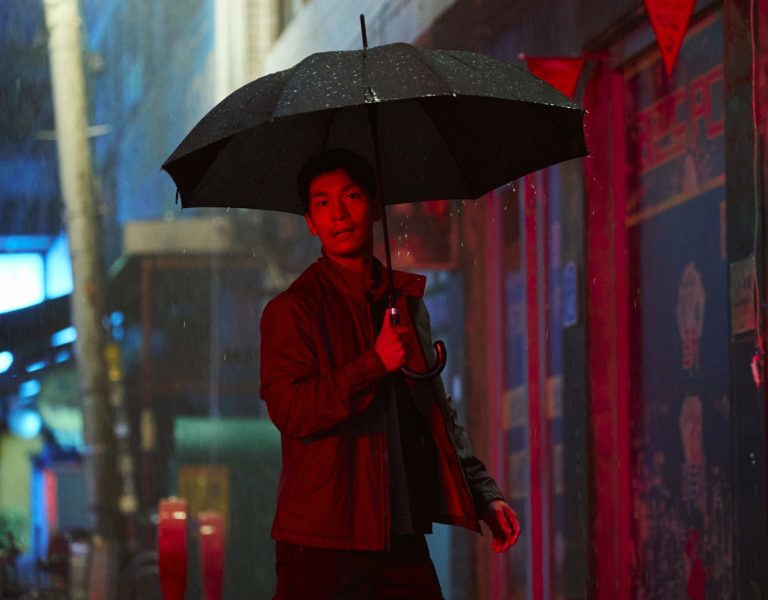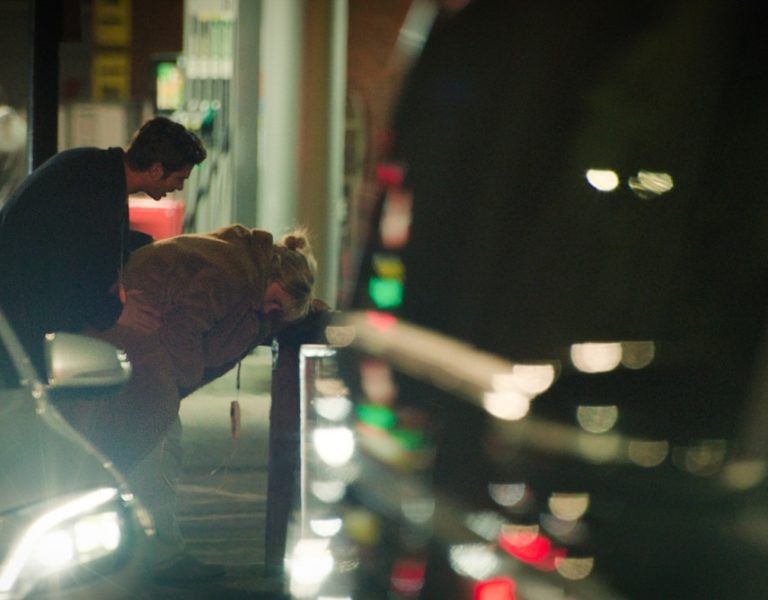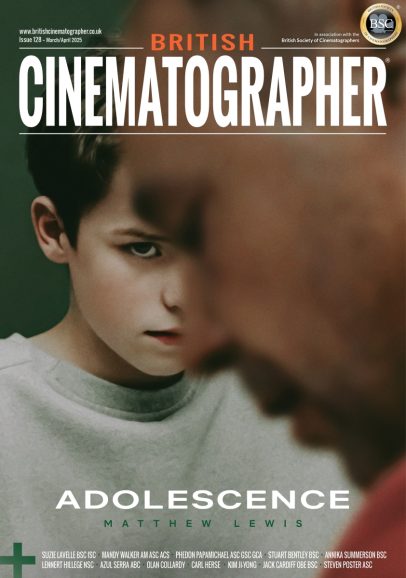A JOURNEY INTO CORNWALL’S FORGOTTEN DEPTHS
Cinematographer Daniel Simpkins descends 50 metre mine shafts, wades through chest-deep water, and squeezes through tight passageways for a new documentary about Cornish mine explorers.
The Lost Boys of Carbis Bay is a 30-minute documentary following a daring band of unlikely explorers embarking on a quest to uncover the forgotten mines of Cornwall, only to unearth an unexpected journey of self-discovery. For this motley crew, the pursuit of the unknown serves as a cathartic release, allowing them to momentarily cast aside their worries and reset for the challenges of everyday life. Transcending mere adrenaline urges, the group becomes a vital means of connection and understanding, underscoring the importance of community in our lives.
Mine exploration: the risks and challenges
Mine exploration is vastly more dangerous than caving. Mines are man-made and never meant to last. Wooden supports crumble at a touch, false floors collapse into the abyss, and tunnels lead into many different directions. These labyrinthine networks stretch for miles, filled with eerie silence broken only by dripping water or shifting rocks.
Filming underground: technical challenges and solutions
On 6th March 2023, I set out to document the Carbis Bay Crew, a notorious mine exploration group in Cornwall. Armed initially with an Alexa Mini and two Angenieux zooms, I wanted to capture the authentic CBC, but something was missing. I realised to truly understand their world, I had to go beyond observing. I had to go underground myself.
Shooting in such extreme conditions presented serious technical hurdles: low light, confined spaces, high moisture, and constant dirt. Winning the Canon Stories in Motion competition in 2023, where I received the Canon C70, turned out to be a game-changer. Compact and rugged, the C70 was perfect for underground cinematography.
After extensive testing, I found that shooting in Canon Log 2, 4K XF-AVC YCC422 10-bit provided the best balance between detail retention, low noise, and dynamic range preservation. ISO hovered between 1600 and 3200, staying within a range that minimised excessive noise.
For lenses, I relied on the Canon RF 15-35mm f/2.8L IS USM and the Canon RF 24-70mm f/2.8L IS USM. While not the fastest lenses, their versatility was crucial. The ability to seamlessly transition from close-ups of tense expressions to wide shots of the cavernous spaces was invaluable. The C70’s autofocus proved vital, allowing me to focus on composition rather than manually pulling focus in near-total darkness.
One of the C70’s standout features was its built-in ND filters. Moving between the darkness of the mines and the blinding daylight at the surface required constant exposure adjustments. The internal ND system allowed for seamless transitions, something that would have been impractical with external filters given the harsh conditions.
Protecting the gear in harsh conditions
Mines are brutal on equipment. Fine dust and moisture creep into everything, making gear maintenance a constant battle. My stripped-down rig (a C70, two lenses, radio mic receiver, and top mic) was stored in a Peli 1510 case, along with essential cleaning tools: antibacterial wipes, lens cleaning solution, tissues, and a rocket air blower.
Changing lenses underground was a meticulous process. Wearing padded caving gloves, I had to wipe my hands clean before handling the camera. Every time we moved locations, the gear was packed away to prevent contamination.
Transporting equipment down vertical shafts was another challenge. Using carabiners and ropes, I attached the Peli case to my harness. As I descended, the case would dangle between my legs, adding extra weight that threatened to pull me into the abyss. There was always a moment of hesitation when going over the edge, when the rope slack tightened, and you could trust the rigging before descending into the darkness.
Lighting underground
One of the biggest questions before filming was: How do I light underground? I knew from the start that I wanted the audience to feel like they were underground, experiencing it as the Carbis Bay Crew did.
It became clear that the perfect solution was the explorers’ head torches! Each torch was daylight-balanced, long-lasting, and incredibly bright (most exceeding 1600 lumens). Relying solely on the head torches provided an organic and immersive feel.
The wet mine walls also played a crucial role. Water running down the surfaces created a natural bounce, enhancing the limited light. The ever-shifting beams of the explorers’ torches illuminated the mines dynamically, shaping an environment that felt alive.
Positioning and framing: using light creatively
Beyond just relying on available light, smart positioning and framing were key. Since the explorers moved as a group, I strategically placed myself to use their torches effectively. If I wanted to capture a specific CBC member, I would position myself in front of them with another explorer behind. This created natural backlighting or bounced light off the walls, adding depth and texture to the image.
I deliberately avoided front-lighting subjects with my own head torch, as it would flatten the image and strip away the atmospheric quality of the scene. Instead, if I wanted to emphasise the scale and depth of the environment, I would hang back and let the CBC members move ahead of me. Their torches naturally revealed the space, while their silhouettes added contrast and drama to the composition.
A test of endurance: the through-trip incident
On one particular shoot, I took a tripod underground for the first time to capture wide establishing shots. This was a through-trip which meant entering one shaft and exiting out of another. What would take 15 minutes to walk above ground took us eight hours underground.
We navigated areas ominously named The Great Crush, The Plank of Doom, and The Blue Waterfall, feeling like we’d stepped into a 1950s B movie. An hour in, I twisted my foot on a slippery rock, I knew I hurt it but adrenaline kept me going.
Eventually, we reached a vast chamber where I framed a shot, only for disaster to strike. My harness caught on the tripod, sending the camera tumbling. I was devastated. The culprit? A missing tripod foot, lost somewhere along the way.
With my mood dampened, we still had one final hurdle. Climbing out. With my energy depleted and a Peli case dragging behind me, I struggled at the last rope ascent. This mine required an extra rope, knotted in the middle to prevent friction while climbing. But in my weakened state, I couldn’t manoeuvre past the knot. Suspended 25 metres in the air, I was stuck.
Luckily, my team acted fast. One climber rigged a pulley system from above, while another lowered my Peli case back to the mine floor, lightening my load. With their help, I finally made it out. I also understood firsthand what special camaraderie they had within the CBC.
Once home, I removed my boot to find my foot swollen to twice its size, I had broken it. Fortunately there was one positive, Canon UK very kindly stepped in to repair my camera and provided a temporary replacement so I could complete the documentary. I couldn’t have done it without them, however, they couldn’t fix my foot.
Crafting a surreal underground sequence
Near the end of the film, I wanted to create a dreamlike moment, something that felt different from the rest of the documentary but still true to the CBC. One of the explorers often joked about riding bikes underground, which gave me an idea: what if we lit up the tunnels with neon bikes?
We outfitted bikes with neon strips, glowing in green, yellow, red, and blue. As they rode through the dark tunnels, the colours bounced off the damp stone walls, creating a surreal and euphoric scene that transcended the audience into a deeper understanding whilst capturing the spirit of the CBC.
* All bikes were recovered after the shoot!
Final thoughts
Filming The Lost Boys of Carbis Bay was one of the most demanding yet rewarding projects I’ve ever undertaken. The documentary will be on the festival circuit for the next year, before finally finding a home on an online platform.
For those interested in following the Carbis Bay Crew’s latest adventures, check out their Facebook page.
–
Safety Disclaimer: The activities in this documentary were carried out by trained professionals with appropriate safety measures. We strongly discourage anyone from entering abandoned mines.
